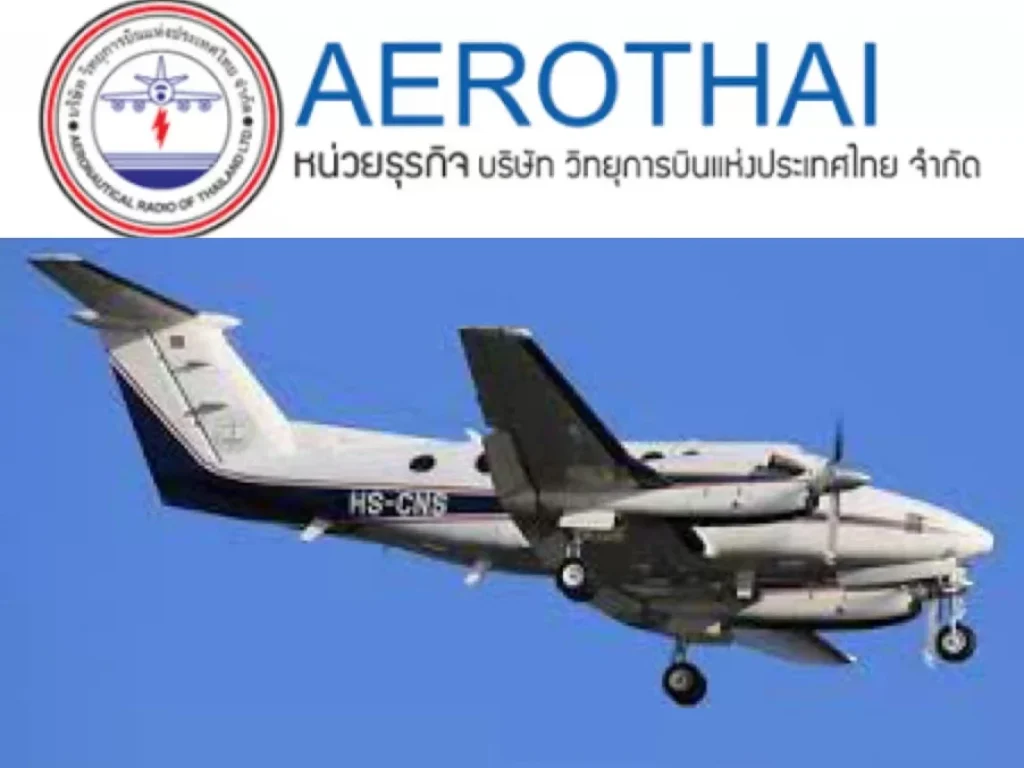- Aeronautical Radio of Thailand Co Ltd (Aerothai) is collaborating with China and Laos to open new aviation routes to manage increased flight demand, aiming for implementation by 2026.
- The initiative supports Thailand’s goal to become a regional aviation hub, with significant recovery in travel demand from China and growth in the Indian market.
- Aerothai predicts flight numbers will reach pre-Covid levels by 2025 and anticipates revenue growth, leveraging innovations like Performance-Based Navigation to enhance efficiency and safety.
Thailand is engaging in discussions with China and Laos to open new aviation routes to manage the surge in flight demand, projected to exceed 100,000 additional flights over their skies. Aeronautical Radio of Thailand Co Ltd (Aerothai) president Nopasit Chakpitak announced this plan on Friday, highlighting the need for parallel routes to alleviate congestion in the current flight path through northwestern Laos, which is a bottleneck according to the International Civil Aviation Organisation (ICAO).
The proposed routes, expected to be operational by early 2026 pending ICAO approval, aim to accommodate the booming aviation sector in Asia, particularly in China and India. Aerothai, a state enterprise under Thailand’s Ministry of Transport, is focused on increasing airspace capacity to support this growth.
“Discussion is underway between Thailand, Laos, and China over a plan to open new routes to accommodate more flights – from 100,000 per year currently to 200,000.”
Nopasit Chakpitak, Aeronautical Radio of Thailand Co Ltd (Aerothai) president
Also read: Tourism Authority of Thailand: Promoting the land of smiles
Aerothai’s role and expansion plans
Founded in 1948 with the consent of the Royal Thai Government, Aerothai initially provided air traffic control and aeronautical communication services for airline operations. In 1963, the Thai Government acquired most of the company’s shares, transforming Aerothai into a state enterprise. The company now manages 6.6 million registered shares, valued at 660 million baht, with the government holding the majority.
The planned parallel routes will facilitate flights between northern Thai provinces like Chiang Mai and Chiang Rai and major Chinese cities such as Kunming, Guiyang, Chengdu, Tianfu, Chongqing, and Xian. This initiative aligns with the Thai government’s strategy to position Thailand as a regional aviation hub. The country has experienced a significant recovery in travel demand from China, with flight numbers reaching approximately 80% of pre-pandemic levels. Furthermore, India has emerged as a rapidly growing market, contributing to the increasing number of flights into Thailand.
Aerothai predicts that the number of flights into Thailand will rise to over 900,000 this year, up from 800,000 last year, and is expected to reach the pre-Covid level of 1 million by 2025. Revenue is also anticipated to increase, with estimates of 11-12 billion baht this year, up from 10 billion last year, and returning to the pre-Covid level of 13 billion baht next year.
Industry challenges and innovations
The aviation industry faces several challenges, including congestion in airspace, the need for advanced air traffic management systems, and integration of new technologies to enhance safety and efficiency. Innovations such as ICAO’s Global Air Navigation Plan and implementing Performance-Based Navigation (PBN) are critical in addressing these challenges. PBN enables more efficient flight paths, reducing fuel consumption and environmental impact.
Aerothai’s proactive approach to expanding aviation routes and upgrading infrastructure demonstrates its commitment to supporting the growth of the aviation sector.
“Ecosystem collaboration is crucial for enabling IoT success, as numerous important elements must be highly interoperable to deliver key results.”
Nopasit Chakpitak, Aeronautical Radio of Thailand Co Ltd (Aerothai) president
About Aeronautical Radio of Thailand Ltd (AEROTHAI)
Aeronautical Radio of Thailand Ltd (AEROTHAI) is a state enterprise under the Ministry of Transport, established in 1948 to provide air traffic control and aeronautical communication services. In 1963, the Thai Government acquired most of its shares, transforming it into a state enterprise. AEROTHAI manages 6.6 million registered shares, with the government holding the majority and member airlines holding the remainder.

